Apple's stock hit a new all-time high on 2025-10-20 was not just another line on a ticker, it was a statement. After months of lukewarm iPhone sales and delays in AI integration, the iPhone 17 launch delivered what even the optimists did not quite see coming. Research from Counterpoint shows the iPhone 17 series outsold the iPhone 16 by 14% during the first ten days across both the U.S. and China. That is not incremental. That is the kind of momentum that can change a company’s trajectory.
The context makes it pop. The company's stock had gained just 1% this year, weighed down by sluggish iPhone performance and macro headwinds. The iPhone 17 launch flipped that script. Wedbush followed with one of Wall Street's boldest calls, raising their price target to $310, a number that instantly sparked the why-now debate.
What is driving the iPhone 17 momentum?
A few forces lined up at once. According to Counterpoint Research, buyers are responding to the brighter display, more storage, and the upgraded A19 chip in the base model. The twist, it is not just the top tier doing the heavy lifting.
The standard iPhone 17 has been the surprise performer, with sales in China nearly doubling versus the iPhone 16 and overall growth of 31% across the U.S. and China. That is a break from recent cycles where the Pro models carried the load. Translation, Apple finally shipped improvements that matter at more than one price.
The high-end iPhone 17 Pro Max is no slouch either. It has shown significant strength, especially in the U.S., driven by long-pending upgrades that people were waiting for. Success at both ends of the lineup suggests Apple tapped into real, pent-up demand.
Timing helps. The company typically generates most of its hardware sales during the December quarter, and with iPhone revenue representing 47% of total revenue in the third quarter, strong iPhone performance flows straight into the most important line on Apple’s P&L.
Why Wedbush sees $310 as realistic
Daniel Ives at Wedbush did not get to $310 on wishful thinking. He started the cycle expecting it to be "good, but not great" [by his own telling](https://m.economictimes.com/news/international/us/apple-stock-price-target-iphone-17-rocks-dan-ives-raises-price-target-aapl-stock-to-highest-among-wall-street-peers/articleshow/124071093.cms#:~:text=Dan Ives, lead analyst at,as per a GuruFocus report.), then saw iPhone 17 demand running 10-15% ahead of the iPhone 16. Plans changed.
Supply tells the same story. Checks in Asia point to production increases of about 20% for base and Pro models. You do not raise output like that unless demand is outrunning the original plan. It hints at momentum that could carry well into fiscal 2026.
The upgrade pool is huge. Ives estimates that 315 million of 1.5 billion iPhone users globally have not upgraded in the last four years. The iPhone 17 appears to be unlocking a chunk of that group.
Wall Street is modeling 230 million iPhone units for fiscal 2026. Ives puts it at 240 to 250 million units. Ten to twenty million more units, at premium prices, is real money.
You can see it at checkout. The iPhone 17 Pro Max has quickly become the hardest to find, with delivery dates stretching weeks in multiple regions. At the same time, the standard iPhone 17 is surprising analysts with online strength. That combo is exactly what the models were not pricing in.
The broader implications for Apple's future
This cycle hit at a pivotal moment. The company's guidance for the holiday quarter predicts the highest iPhone and total revenue ever, and management has noted that demand for the iPhone 17 family is very strong. Apple is famously conservative on guidance, so that tone says a lot.
There is a flywheel effect. Apple's expanding services division and recent Formula 1 deal benefit from a larger active base, because the iPhone is the gateway to high-margin services. Every new phone is a future stream of App Store purchases, iCloud storage, Apple Music, and more.
The numbers stack up. Gene Munster's analysis suggests the iPhone 17 cycle could drive 8%+ growth through 2026, versus current Street modeling of 7% growth for the September quarter and 5% for fiscal 2026. A point here, two points there, it compounds at Apple’s scale.
AI adds a new layer. Ives points to Apple's AI strategy as adding potential value of $75 to $100 per share over the coming years. A bigger iPhone 17 installed base gives Apple more surface area to monetize AI features, from richer Siri and productivity tools to integrations with providers like Google’s Gemini.
What this means for investors and the tech landscape
The iPhone 17's start is more than a splashy launch. It proves Apple can still trigger real upgrade cycles in a market many call mature. With Apple's stock reaching record highs and rising about 3.9% on 2025-10-20, investors are voting with their wallets.
For the rest of tech, the message is clear. Execution on the core product still wins. The research firm attributed better performance to improved display, more storage, and the upgraded A19 chip, proof that tangible upgrades, not just flashy marketing, move consumers even in a saturated category.
It also sharpens Apple’s contrast with rivals. While other giants pour resources into massive AI infrastructure and long-horizon bets, Apple is showing that disciplined, user-first improvements continue to pay off. The iPhone 17 cycle reads like a vote for meaningful polish over cutting-edge for cutting-edge’s sake.
Looking ahead, Wedbush's $310 target representing the highest among Wall Street analysts suggests the runway is still open. With strong iPhone momentum, a growing services engine, and significant AI monetization still to tap, this cycle feels more like the start of a leg higher than a blip. If Apple keeps supply tight but available, the tailwind could stretch well into 2026.
The takeaway is simple. In a mature market, the right set of upgrades can still spark a rush to upgrade. For investors, that is the kind of execution-driven growth story that supports premium valuations, and it leaves the door open for even higher targets if this cycle keeps beating the models.







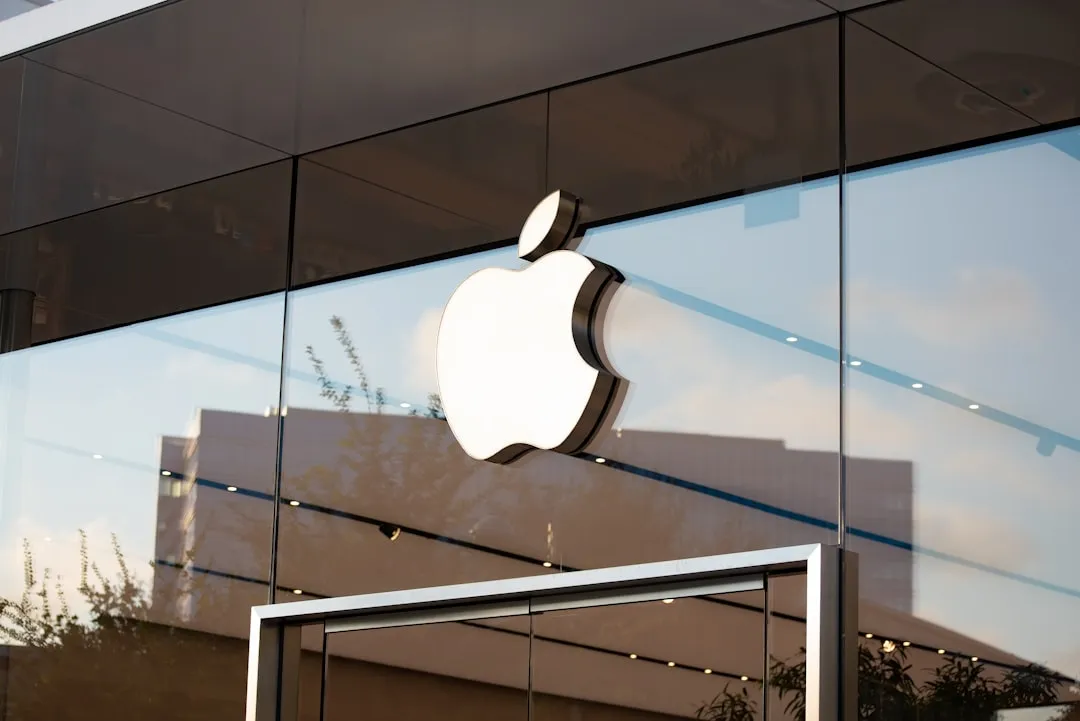
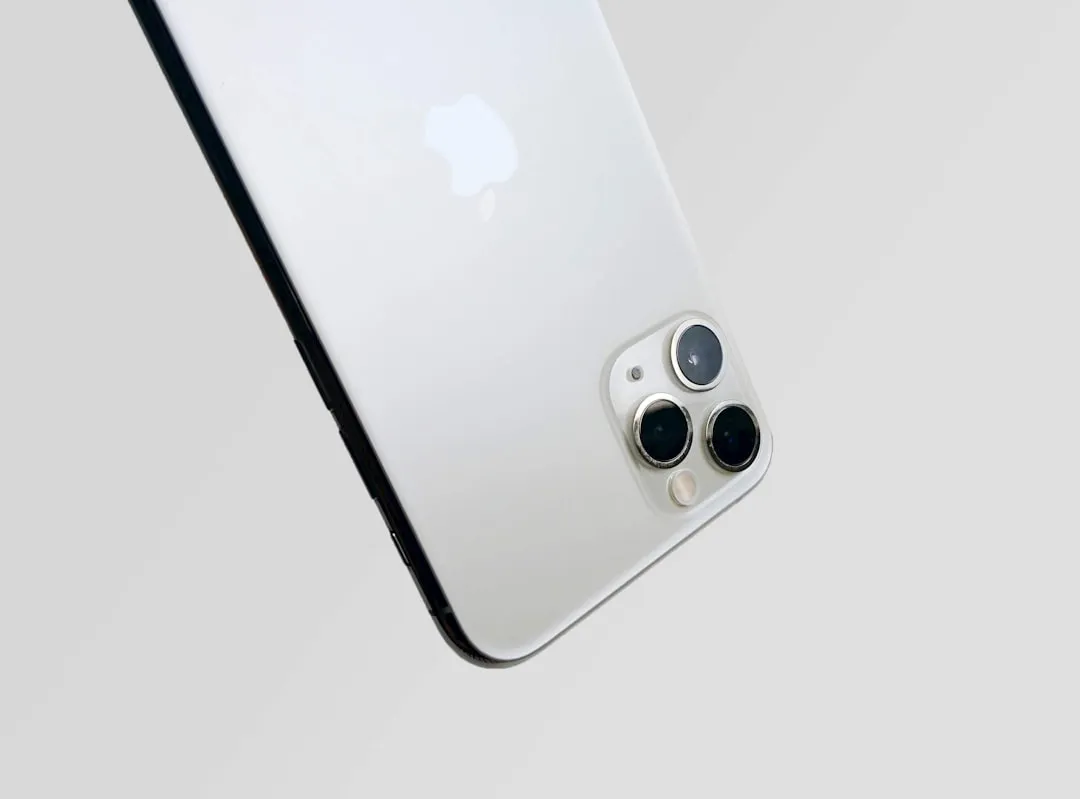




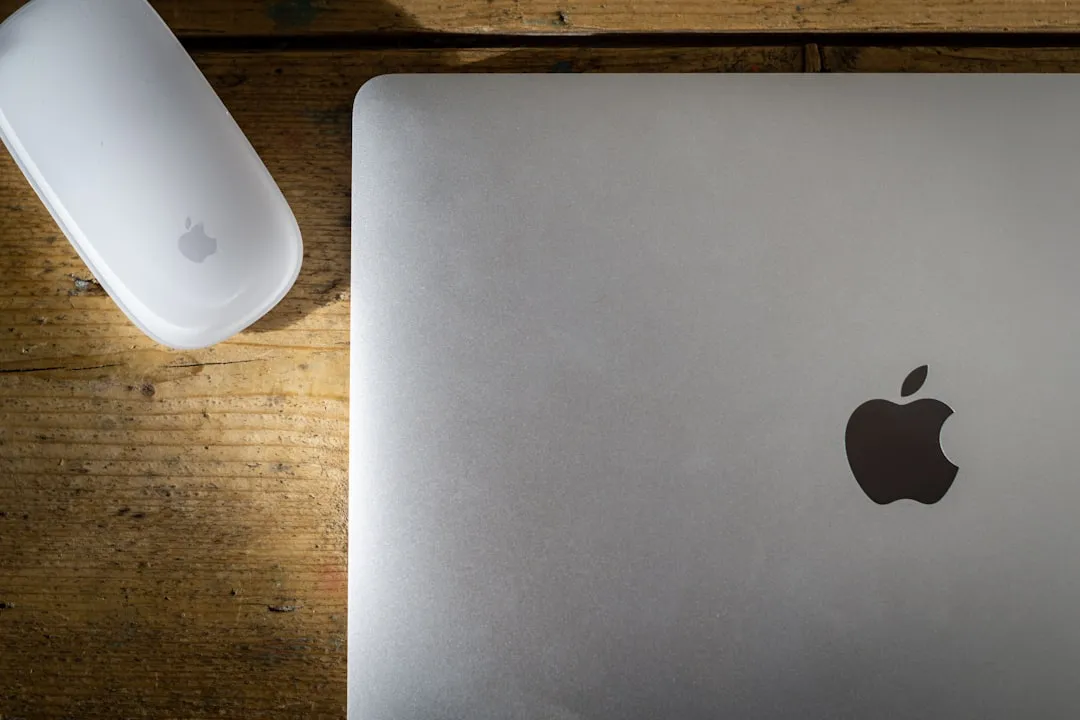

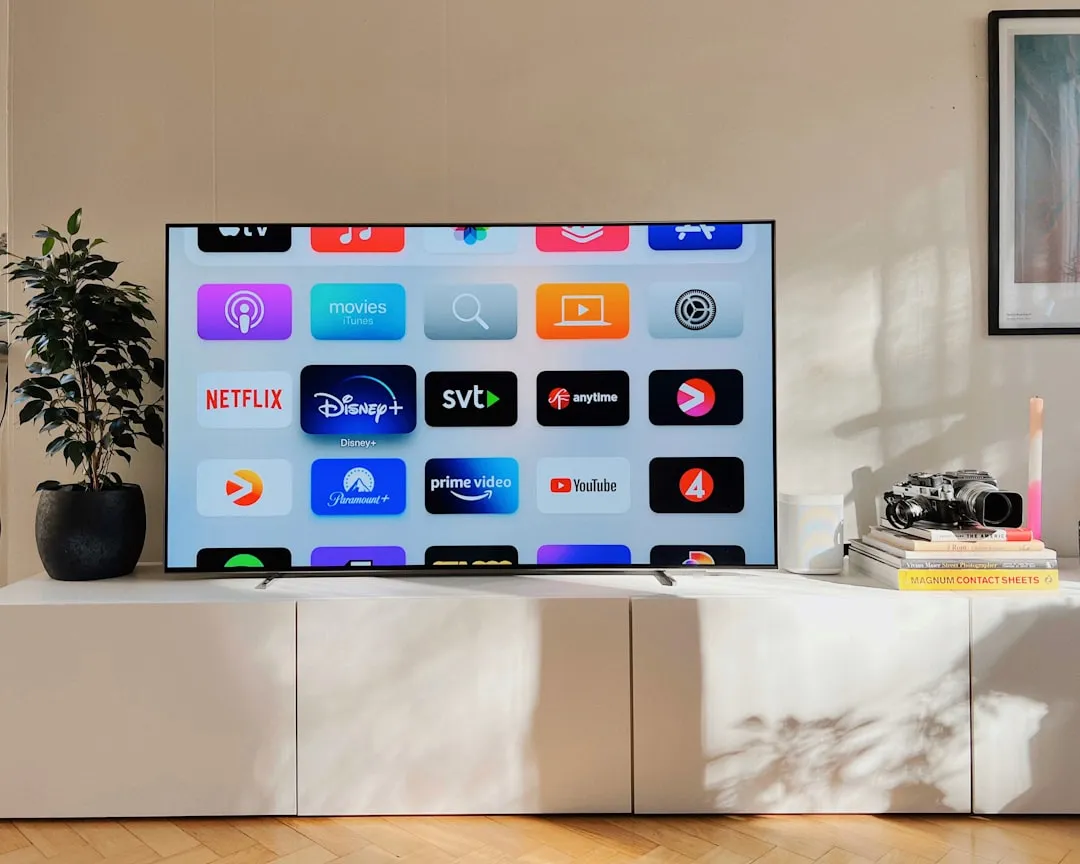

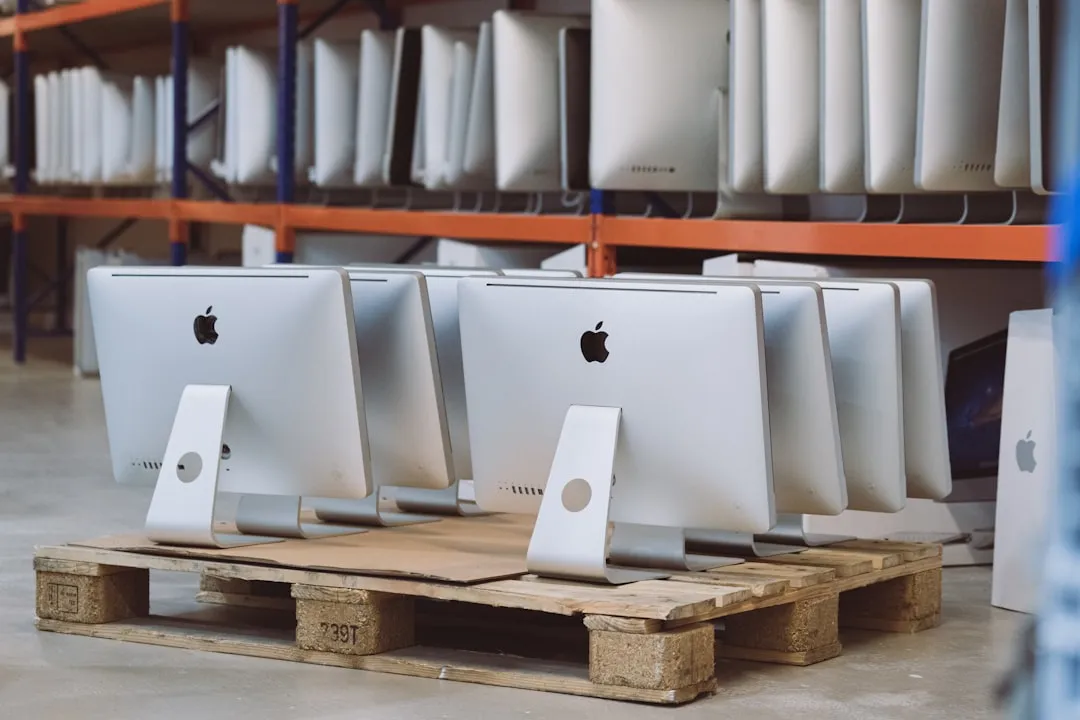
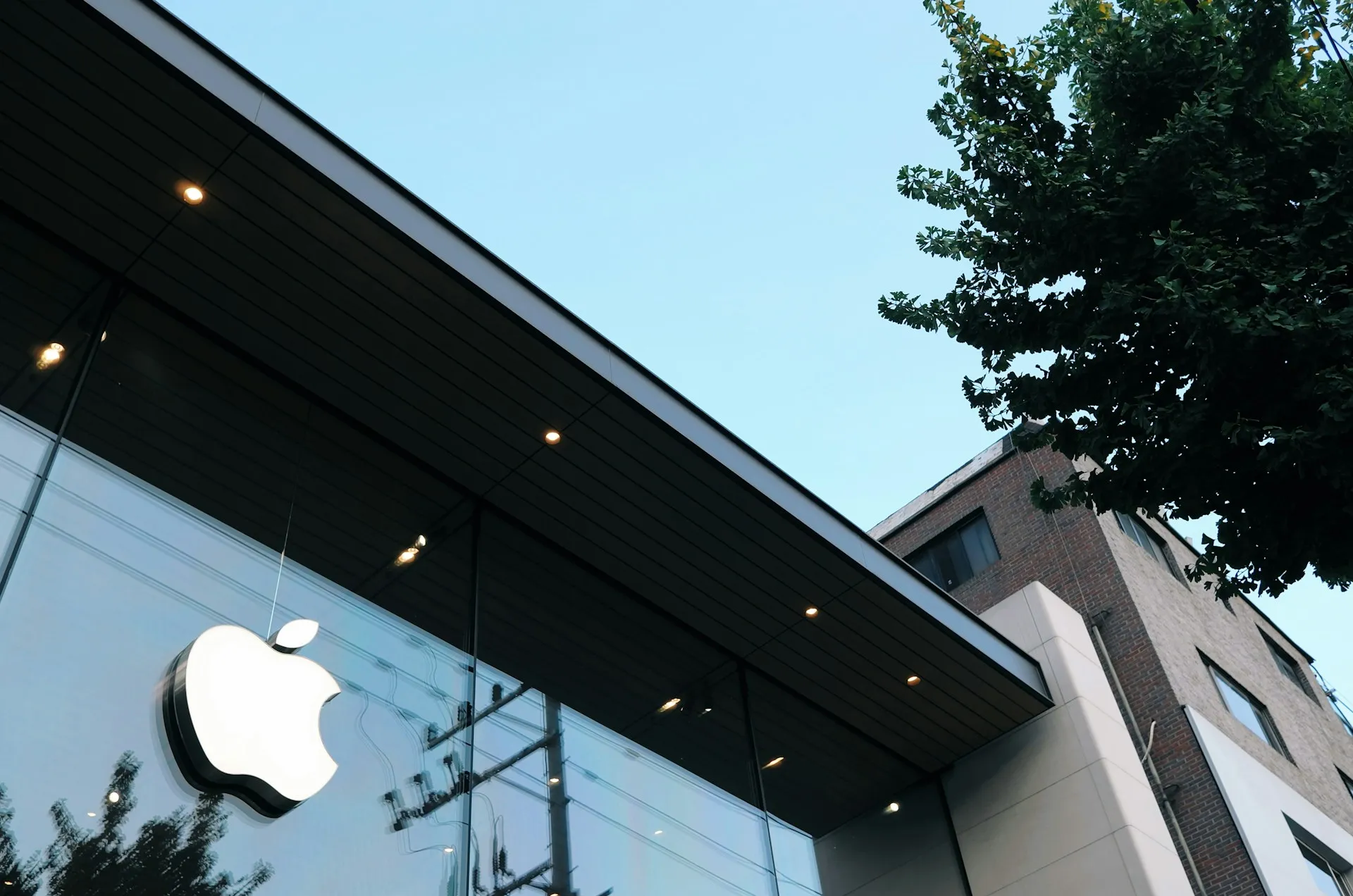

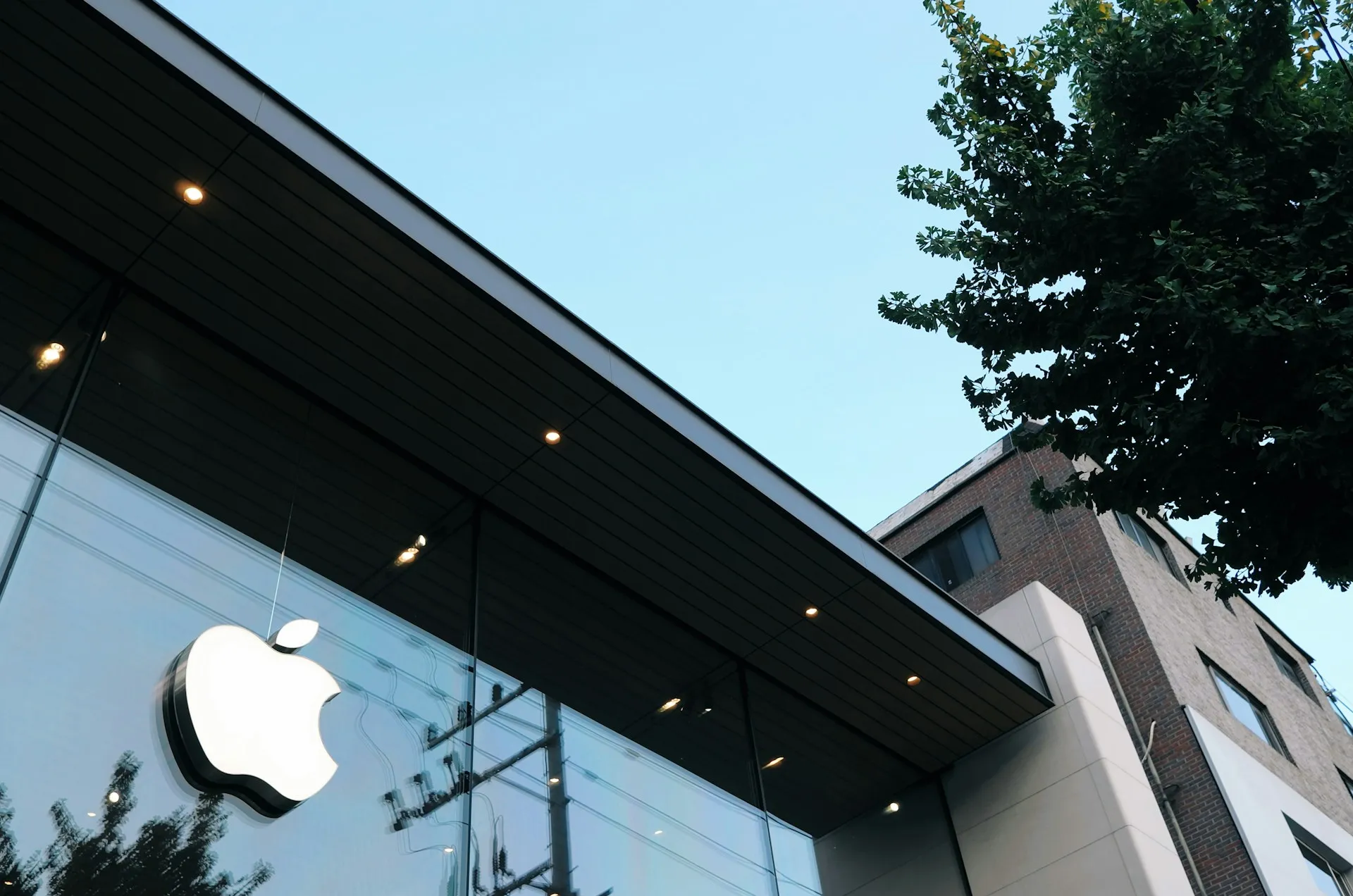
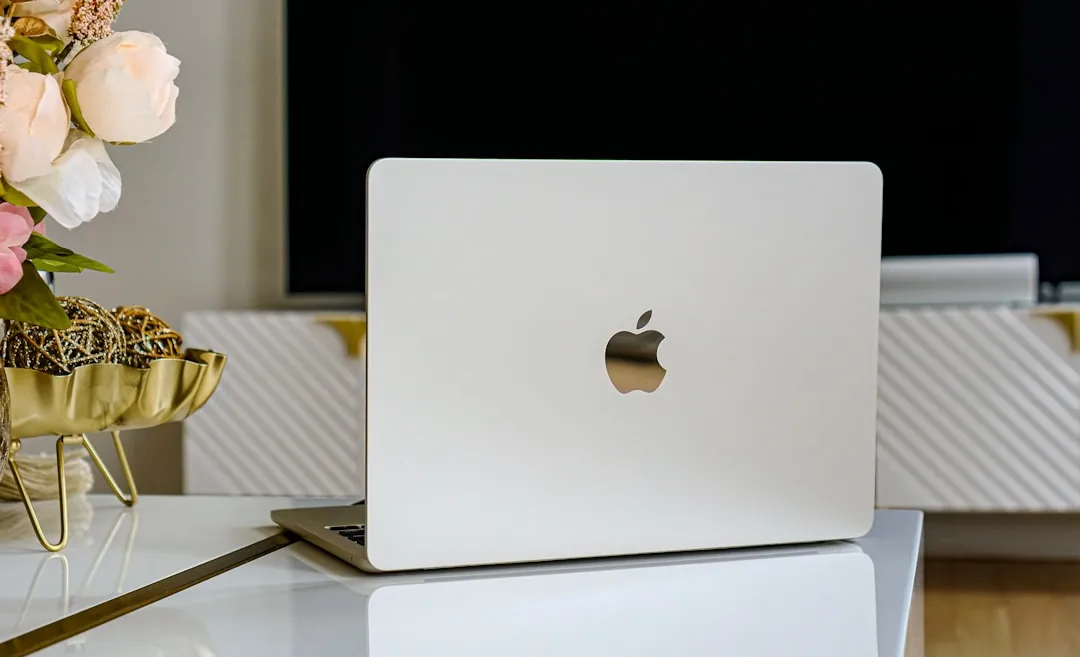
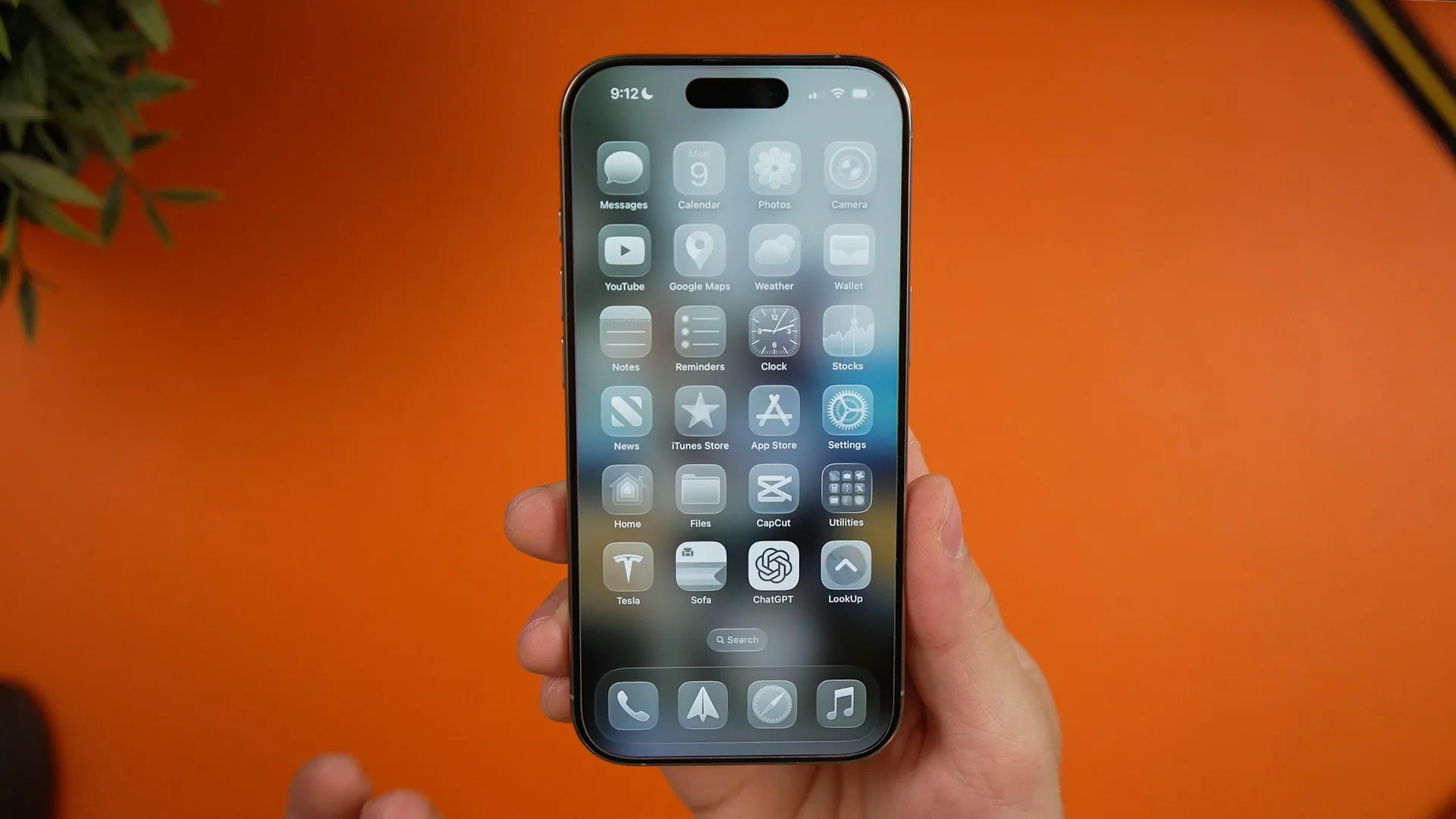



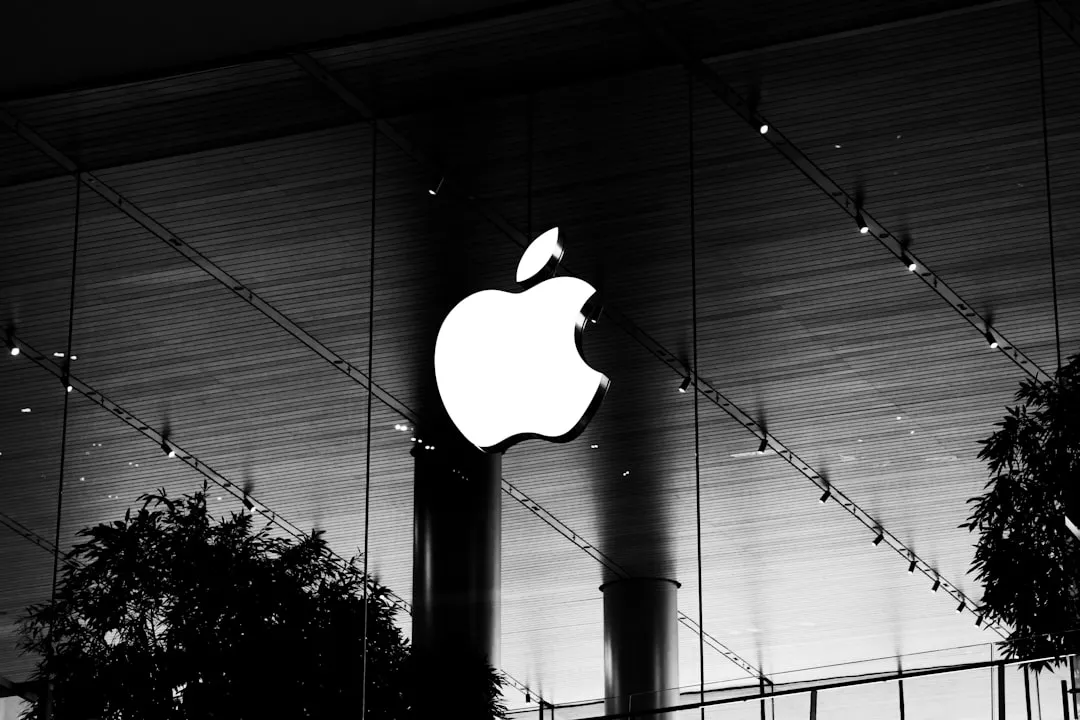

Comments
Be the first, drop a comment!